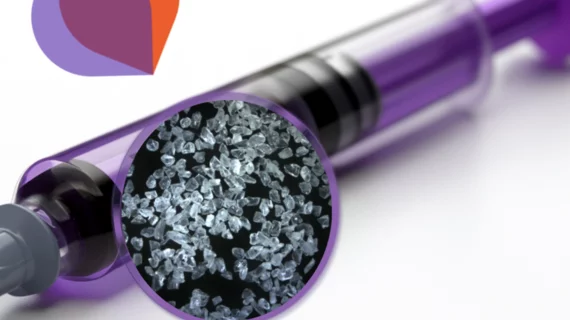New interventional embolotherapy system lands FDA clearance
A new system designed for peripheral vascular embolotherapy has just received 510(k) clearance from the U.S. Food and Drug Administration.
Instylla Inc., a privately held clinical-stage interventional radiology solutions company, announced the clearance of its new Tembo Embolic System on Tuesday. The bioresorbable agent is made from small irregularly shaped, dry gelatin particles designed for the embolization of hypervascular tumors and blood vessels.
The clearance will arm interventional radiologists with a valuable new tool capable of addressing some of the shortcomings of currently available alternatives.
"We hope that this innovation in short-term absorbable embolics, characterized by its irregular shape, easy preparation and use, high visibility, and capacity to pack treated vessels densely, will potentially address the limitations associated with currently available permanent spherical embolics,” Venkatesh Krishnasamy, MD, director of interventional oncology and interventional research and associate professor at the University of Alabama, said in a news release on the clearance. “The Tembo Embolic also has the potential to play a key therapeutic role in various other clinical applications and vascular territories."
"We are excited to achieve 510(k) clearance for the Tembo Embolic System and eagerly anticipate introducing this product to the U.S. market. We plan to collaborate with leading experts in interventional radiology to maximize the clinical benefits of the Tembo Embolic System," Amar Sawhney, CEO of Instylla Inc., added.
The new system’s pending introduction into the U.S. market comes as the demand for interventional procedures—especially peripheral vascular embolization—has seen significant growth in recent years. Experts expect the use of these procedures to continue increasing, as patients and providers seek less invasive treatment alternatives.
Learn more about the new product here.

